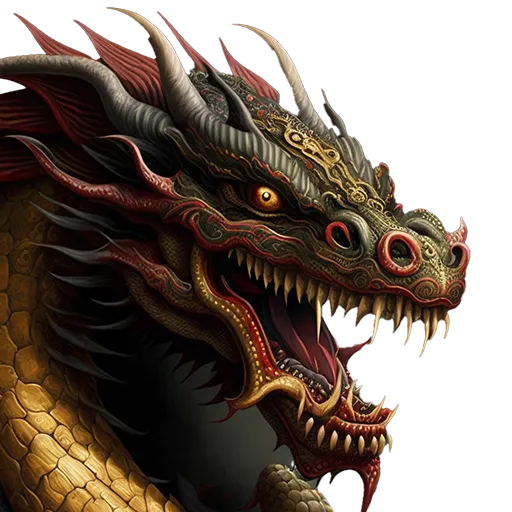The Art of Stretching
Due to the dynamic nature of Traditional Long Fist, with its many kicking techniques, low stances, and high jumps, agility and flexibility need to be developed to a high degree. While younger people have naturally more flexible bodies, anyone can improve their flexibility through proper practice and perseverance.
Generally, martial artists practice what we can identify as four different methods. These are: Static Stretching, Dynamic Stretching, Active Stretching, and Ballistic Stretching.
Static Stretching requires the maximum extension of a targeted muscle group and holding the stretch for a minimum of 30 seconds.
Dynamic Stretching uses repeated movements that mimic the action of techniques, mostly kicking techniques. This type of stretching is common in Traditional Long Fist and in Contemporary Wushu and must be performed with care so as not to strain or pull muscles.
Active Stretching requires holding a stretch while tightening the opposing muscles. Hold the stretching position and the breath for 5 seconds, release both, and repeat the exercise after a 5-second rest.
Ballistic Stretching involves repeated bouncing movements to stretch a targeted muscle group. I don’t advocate this type of stretching as it can easily lead to injury. Only students with a high degree of flexibility should attempt this type of stretching.
Benefits of Stretching
Regular stretching improves flexibility, which reduces the risk of injury. It relaxes the muscles and improves posture. It stimulates blood flow, which aids recovery from injury. It also has a meditative effect that reduces stress. Overall, a flexible body means a young body at any age.
